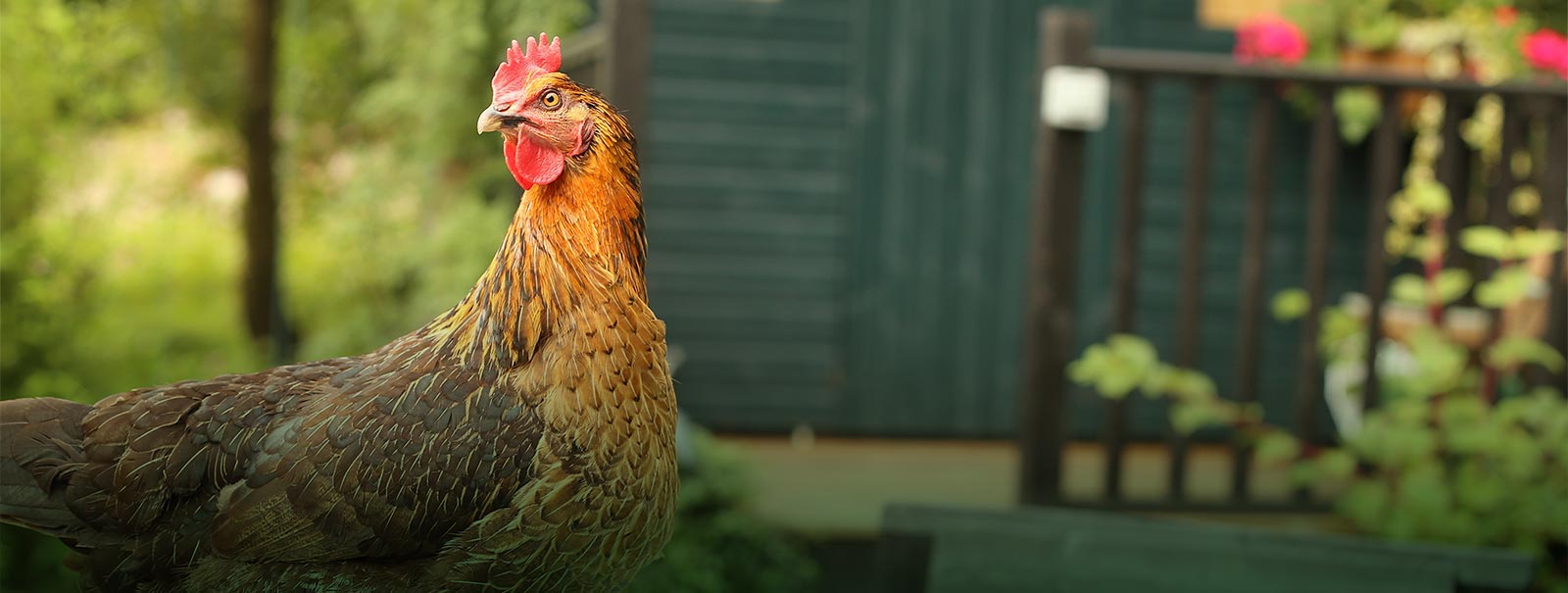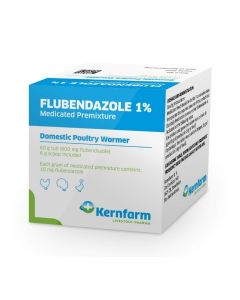
The advice hub Preparing for the Breeding Season
As soon as spring approaches you will begin your preparations for the breeding season. For poultry keepers this is one of the most crucial times of the year as decisions made now will have lasting consequences for your flock over the coming months and years.
Before deciding which birds to breed from based on breed standards it is first of all worth checking the overall health status of potential breeding stock as issues before hatching will lead to issues after hatching.

- Check all birds for parasites such as lice and mites, these can transmit disease and lead to a loss of condition.
- Worm all breeders with Flubendazole before eggs are incubated.
- Check the spur length on cockerels and trim if necessary, sharp spurs can seriously injure hens during mating.
- Check your birds for lameness, lame cockerels will find mating difficult and can often have very disappointing fertility.
- Check the birds for respiratory disease (runny eyes or nose, sounding chesty, sneezing or swelling of the face usually around the eyes).
- Make sure they are on an appropriate diet to ensure fertility and health are at peak.
Any birds which have had respiratory disease the previous year should not ever reach the breeding pen as Mycoplasma can be transmitted through mating and through the eggs leading to poor hatchability and poor quality chicks which will make poor show birds. These affected chicks can develop respiratory signs.
If you are hoping to use birds you have bred from last year it is worth going through your hatching records to ensure particular birds have not given poor fertility.
If at all possible when selecting birds for breeding try to avoid inbreeding, as excessive inbreeding can lead to weak birds. Inbred birds may have deformities and their immune systems are often weaker.
The next stage is the fun part where you get to select your breeding birds based upon the breed standards.
Try not to put more than seven hens to a cockerel or four if it’s a heavy breed as you can overwork the males and stress the hens.
Once you have selected your breeding birds, ensure they receive a top quality feed which should result in fertile eggs and healthy chicks. Try not to overfeed your breeders as some breeds can be prone to getting fat. Fat cockerels find it hard to mate and fat hens lay fewer eggs and are more likely to get prolapses leading to vent pecking.
Ideally put the hens and cockerels together in the breeding pen, at least two weeks before you intend to start collecting eggs. If your hens have been in pens with other cockerels then you will need to separate them for four weeks to guarantee all chicks hatched are from the intended father.

The first few eggs laid by your hens will likely be small and of poor quality therefore they should not be used for hatching.
Make sure you have a clean, well bedded nest box; this will make sure all of the eggs laid are clean as dirty eggs can cause infection and a poor hatch. Only ever use clean eggs for hatching and never wash the eggs. If eggs are dirty enough to need washing then they are too dirty to be incubated! The egg is protected by a waxy cuticle and a shell to keep bacteria out. Wiping or washing the eggs removes this cuticle therefore removing the barrier and lets the bacteria in killing the chick. Similarly eggs with cracks or damaged shells let in bacteria quicker allowing for infection and embryonic death. We recommend that only clean, undamaged eggs are selected for incubation and that they are neither wiped nor washed.
The next step is to collect and store your eggs. Always write on your eggs, with a pencil, the date collected. Eggs should be stored blunt end up. During storage eggs should be kept at 75% humidity. The temperature needs vary with eggs age. In the first week the temperature should be 20ºC, the second week 15ºC and the third week the temperature should be at 12ºC. After three weeks the eggs should be discarded as hatchability will decrease rapidly.
Once you are ready to set your eggs make sure you keep good hatching records.
This will allow you to help track down the cause of any problems with hatchability should they occur during the breeding season.


